![Building and Levelling a Shed Base on Sloped or Uneven Ground [UPDATED]](https://www.buyshedsdirect.co.uk/media/magefan_blog/spirit-level.jpg)
When purchasing a shed, you first need a base. For most people, that is no issue due to a flat garden. However, some gardens are not always flat and have gradients, that’s when installing shed bases becomes a little trickier.
From experience, the simplest way to build shed bases on uneven ground is to use a foundation of blocks, ideally concrete. This way, to compensate for higher or lower ground on one side you can add or remove blocks to make a level base. Read on as we provide tips and ideas about how to level ground for a shed and discuss how to build a shed base on uneven ground.
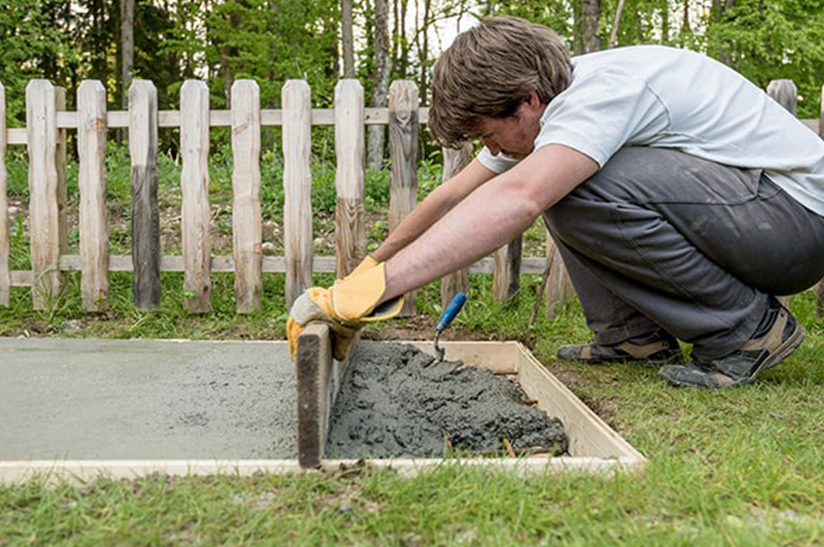

Editor’s Note [01.11.23]:
Our article about how to build a shed base on uneven ground was originally published on January 13, 2017. We have added more details including challenges faced, an updated tools, equipment & supplies list, and tips and ideas about how to make uneven ground work for you.
The Challenges of Building a Shed Based on Sloped Ground and Uneven Land
Tackling uneven ground in your garden is like trying to solve a tricky puzzle. It is more than just a bump in the land; it can give you real headaches when planning out your garden space. Here are some of the ways in which uneven ground is a challenge when installing a shed or other garden building:
- Challenges with fencing - setting up a fence? Uneven ground can mean gaps underneath or a wonky appearance, which is not the look you will be opting for
- Difficulty laying shed foundation – have you ever tried setting up a shed or a patio on uneven ground? It is like trying to build whilst riding on a rollercoaster
- Increased erosion risk – uneven ground can make the soil slide away. This can be particularly challenging when you have garden buildings on the land above
- Patio placement problems – do you have BBQ dreams? Trying to find the perfect spot on steeper slopes is a real mission
- Plant growth variability - uneven terrain can mean some parts of the garden are wetter than others. This can cause problems for some plant species; how successful plants are will depend upon their placement
- Tricky landscaping - mapping out a garden on uneven ground is trickier. Rock gardens work well, but placing plants in the right spots on hills and hollows takes solid planning
- Water drainage issues - when it rains, uneven ground can turn into a mini-swamp fest. These puddles will muddy up your space and stress out many plant species
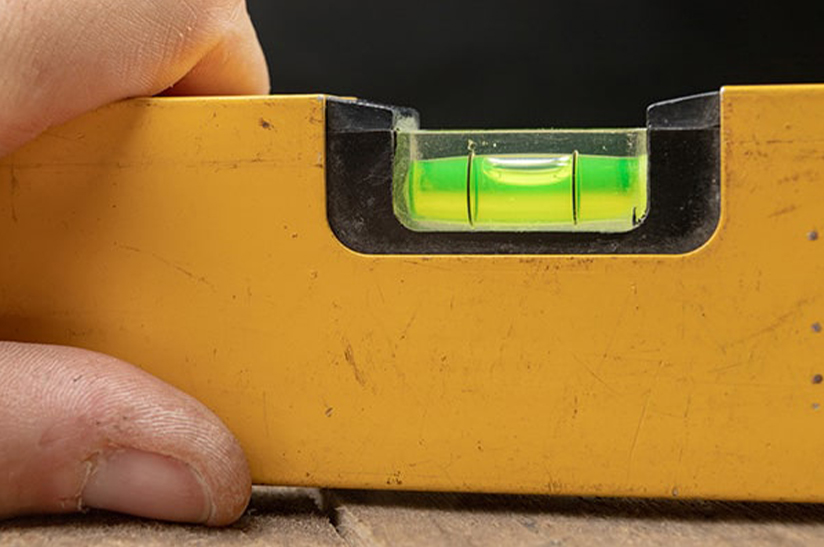

Tools, Equipment and Supplies Required
Here is a full itinerary of tools and equipment that would be useful when working on land for levelling a shed base:
- Adze - think of it as a sharp blade on a stick. This is great for carving and shaping wood
- Builders line – it is the perfect tool for achieving straight edges, helping you create straight and level lines
- Claw hammer - not just for hammering nails, but also for when you need some pull or leverage
- Compactor - for when you need to squash down the soil or gravel and achieve solid ground
- Concrete mixer – essential if you want to use concrete mix, or make your own cement
- Digging spade – you are certainly going to need to dig, a spade is essential. You might also consider buying a half a spade for precision digging with reduced effort
- Edging board - sets the scene around your shed base, keeping it neat
- Framing square - makes sure the corners of your base are on point
- Pea gravel – this supply is all about drainage and giving your base that solid feel
- Landscape fabric - prevents weeds from growing up from the ground beneath and into your shed base
- Laser level - for when you need the ground conditions to be as level as possible
- Marking posts (or stakes) – they are the guideposts for where your shed will be placed. They ensure everything is squared up and spot-on
- Masonry blocks – provide a rock-solid foundation for shed bases
- Measuring tape - because size does matter, and you will need to measure frequently when installing a shed base
- Pegs – these are great for staking out your work zone
- Rake - for the moments when you are spreading gravel or sand
- Ribbon or string line - pairs up with stakes to give you straight, level lines
- Saw - because sometimes wood needs a little trim to fit perfectly
- Spirit level - the tool for checking if everything is straight and level
- Trowel – provides a smoother outer area for concrete or mortar
- Wheelbarrow - for hauling around dirt, rocks, mix and supplies with less effort
- Wooden planks - these are perfect for framing out concrete foundation blocks or a timber base


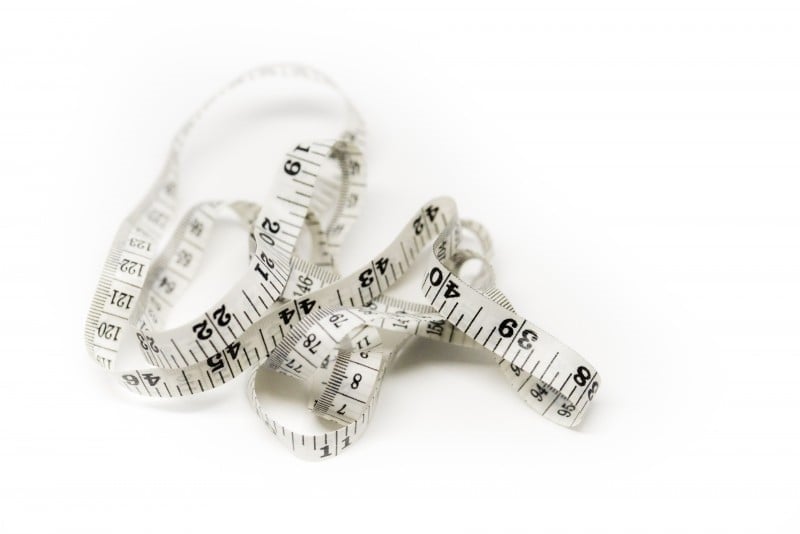

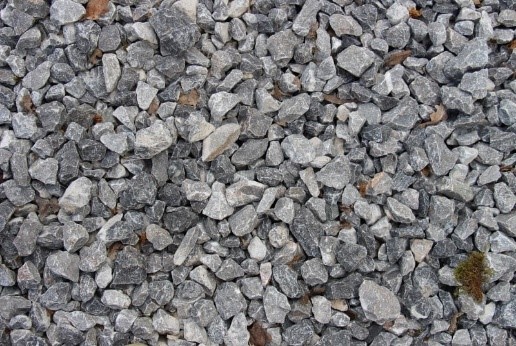

How to Build a Shed Base on Uneven Ground
Navigating the quirks of uneven terrain can be a challenge, but with the right approach, building a shed base on such ground becomes a manageable task. We provide the steps of how to build a shed base on uneven ground below:
- Firstly, start by marking out how big your shed is, this way you can be accurate as to where to place blocks. Use posts and position in the square using ribbon to keep in line.
- Take your spade and gently dig the top layer attempting to get the ground as flat as possible. Clear any excess soil to one side.
- Now, take a measuring tape and measure 4 rows of 3 blocks, this will create efficient weight distribution.
- Underneath each block, dig approximately 2 inches wider than your blocks and around 6 inches deep and fill the hole with pea gravel (or crushed stone) until it gives a flat surface. The pea gravel acts as a water distribution method but maintains vigour.
- Take your timber planks and place them along the rows of blocks and measure how flat it is. From there you can add or remove blocks if there is a serious height issue. If it is a matter of minor size difference, grab some pieces of shingle and place them underneath the timber post until it remains completely level. Continue to do this until all 4 posts are level with each other.
- Once you are happy that your shed base is level, you can continue to place your shed base on top. Start from one end and nail or screw the base on top of your timber panels. This will produce a rigid and sturdy overall base for you the place your shed on top of.
Your shed will not function well without a smooth surface, and if it breaks, you, the items inside, and your wallet will all suffer. Even when constructing on unlevel ground, a flat shed base is crucial. We also implore you to spend time in preparing the unlevel ground, read our tips on how to level ground for a shed before adding the shed base.
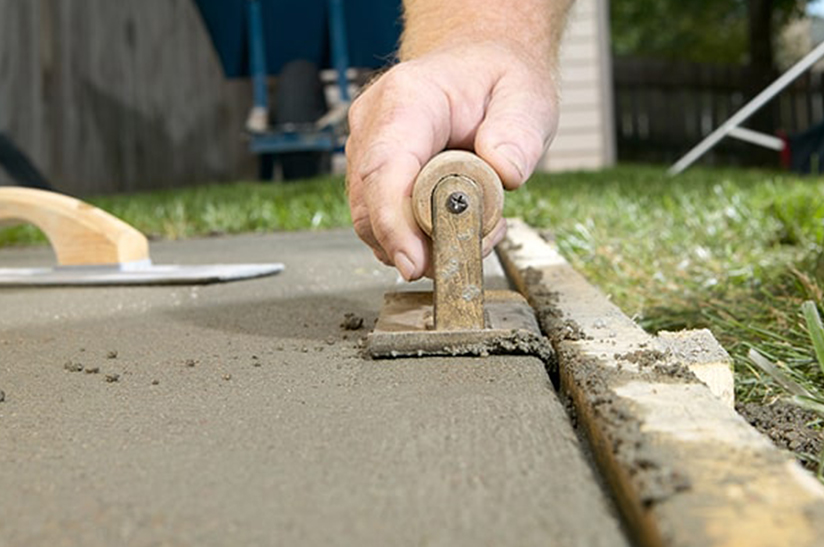

If you'd like to know how to build a wooden base, take a look at our video below:
Remember, many of our wooden sheds can be used in conjunction with wooden bases; these are listed under the Shed Base Options dropdown on the product pages. Providing the ground is even, there is another option for those who would like a solid, level shed base without the hassle of building one. Why not consider a plastic base? We list various kits here, all of which come with convenient interlocking pieces to ensure a secure and stable foundation. These plastic shed bases offer a simple, easy-to-install, budget-friendly, and efficient solution for creating a sturdy and long-lasting shed foundation.
From Challenges to Opportunities: Making Uneven Ground, Work for You
While uneven ground might initially seem like a gardener's nemesis, it can be an unexpected blessing in disguise. Rather than seeing it as a challenge, consider the dips and rises as natural contours that add character to your outdoor space. By embracing these unique features, you can introduce innovative landscaping ideas that might not have been possible on a flat terrain. Sloping ground areas, for example, can be perfect for creating multi-tiered gardens, adding depth and dimension.
Perhaps consider turning shallower slopes into a rock garden or steeper slopes into a waterfall? These are examples of how a challenging situation could become a focal point. If you have a retaining wall, this is extremely valuable when setting up a garden shed on seriously sloped land. It keeps the shed stable, stops erosion, and makes sure you have even and flat ground to work with.
A garden that is a little disorganised might also be advantageous. You have places that are basking in the sun and others that are lounging in the shade because of the rises and slopes. This means that you can plant a variety of plants. Flowers that enjoy sunbathing may fare well in a spot that receives direct sunlight, whereas ferns and mosses are given preference in more shady areas. Your garden is really a microcosm with distinct zones, each with a distinct energy. If you can control these microclimates, your garden will be awash in vibrant hues and interesting textures.
Everything hinges on your point of view. Instead, of fighting the terrain, why not just roll with it and plan carefully? Accept your differences and capitalise on them. Any veteran gardener will have long since realised that working in harmony with nature (rather than against it) tends to bring the best results. So, the next time you have an opportunity to work with an uneven landscape, think of it as an amazing opportunity to accomplish something worthwhile.
Conclusion
Getting a garden shed is all fun and games until you realise you need a solid base to set it up. If you have a perfectly flat garden, you are blessed in terms of installing a shed base as it is straightforward. But for those who have gardens with unexpected twists, turns, slopes, and bumps? Well, it becomes a different challenge entirely. That is why our tips above on how to level ground for a shed are so important to read.
The secret weapon in these situations is concrete blocks. These lifesavers help you adjust and completely level out any unevenness, making sure your shed stands tall and proud. They are the ultimate problem solver for any garden terrain challenges you encounter, such as building a shed base on sloped ground conditions. So, even if your garden feels more like a rollercoaster than a bowling alley, there is a solution in sight. Also remember, it is all about ensuring that your shed gets the foundation it deserves, although this all happens below ground level, it is critical to get right.
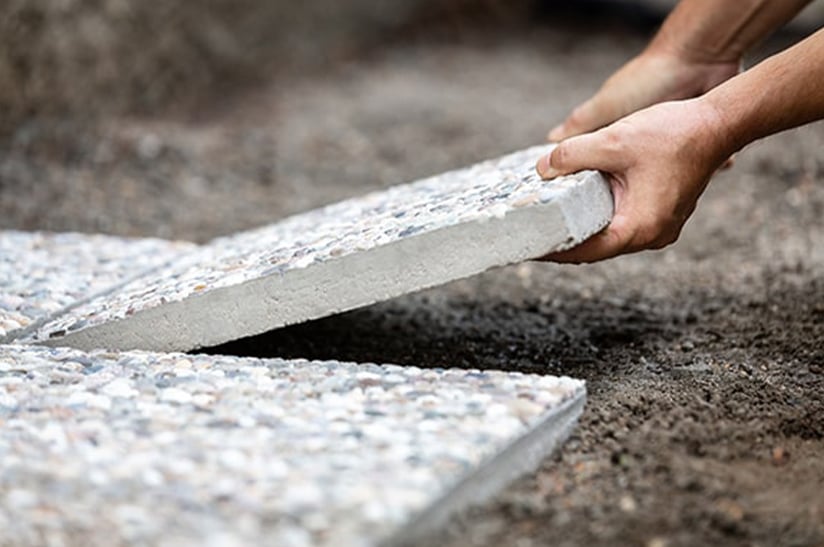

Contact Us About How to Level Ground for a Shed
We have now finished discussing how to build a shed base on uneven ground. You should have all the information you need, but if you need further advice about levelling a shed base on steep slopes and related topics do not hesitate to get in touch. Contact Buy Sheds Direct in the following ways:
- Call - 0333 003 0514
- Contact us - using the contact form on our contact page
- Chat online – using our live chat app
